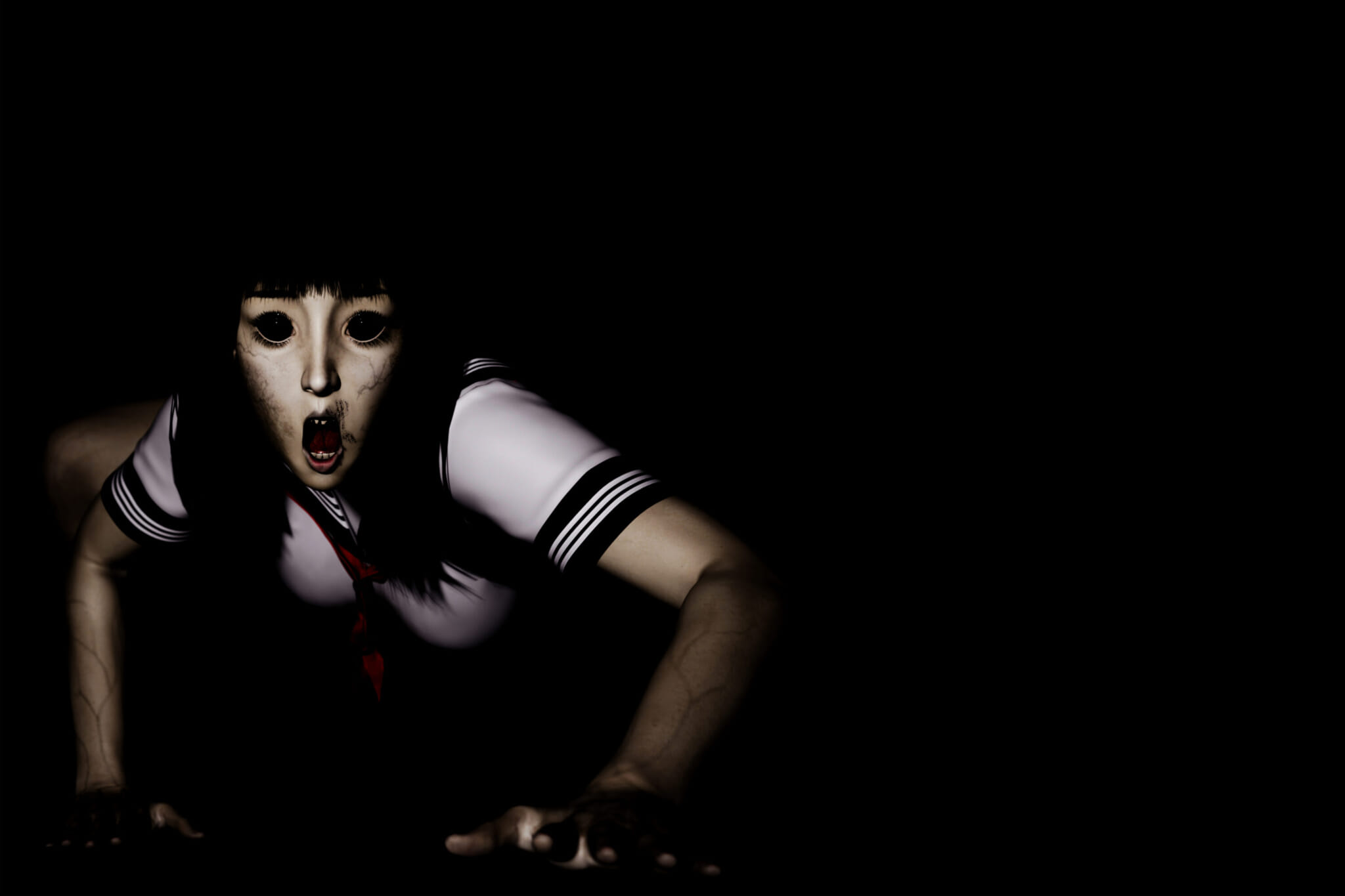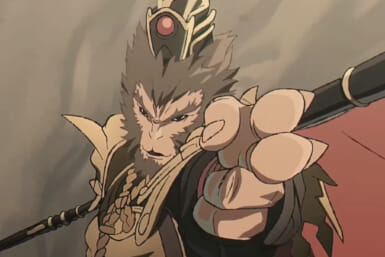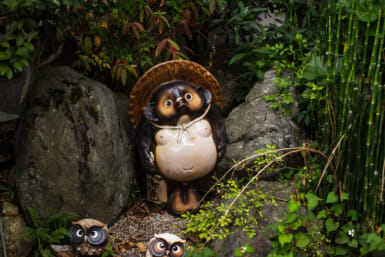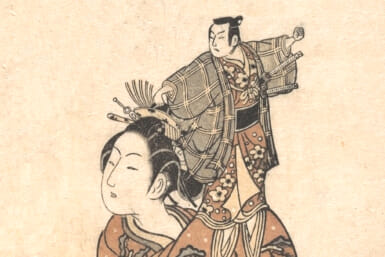Japan has a reputation for producing some terrifying horror movies, which are influenced by the country’s creepy urban legend culture. Usually in Japan, scary stories are told in the dark in the middle of summer to raise goosebumps and feel a chill during those humid months. But these legends are just as fitting in the fall, especially around Halloween. Here we selected some of the spookiest Japanese urban legends.
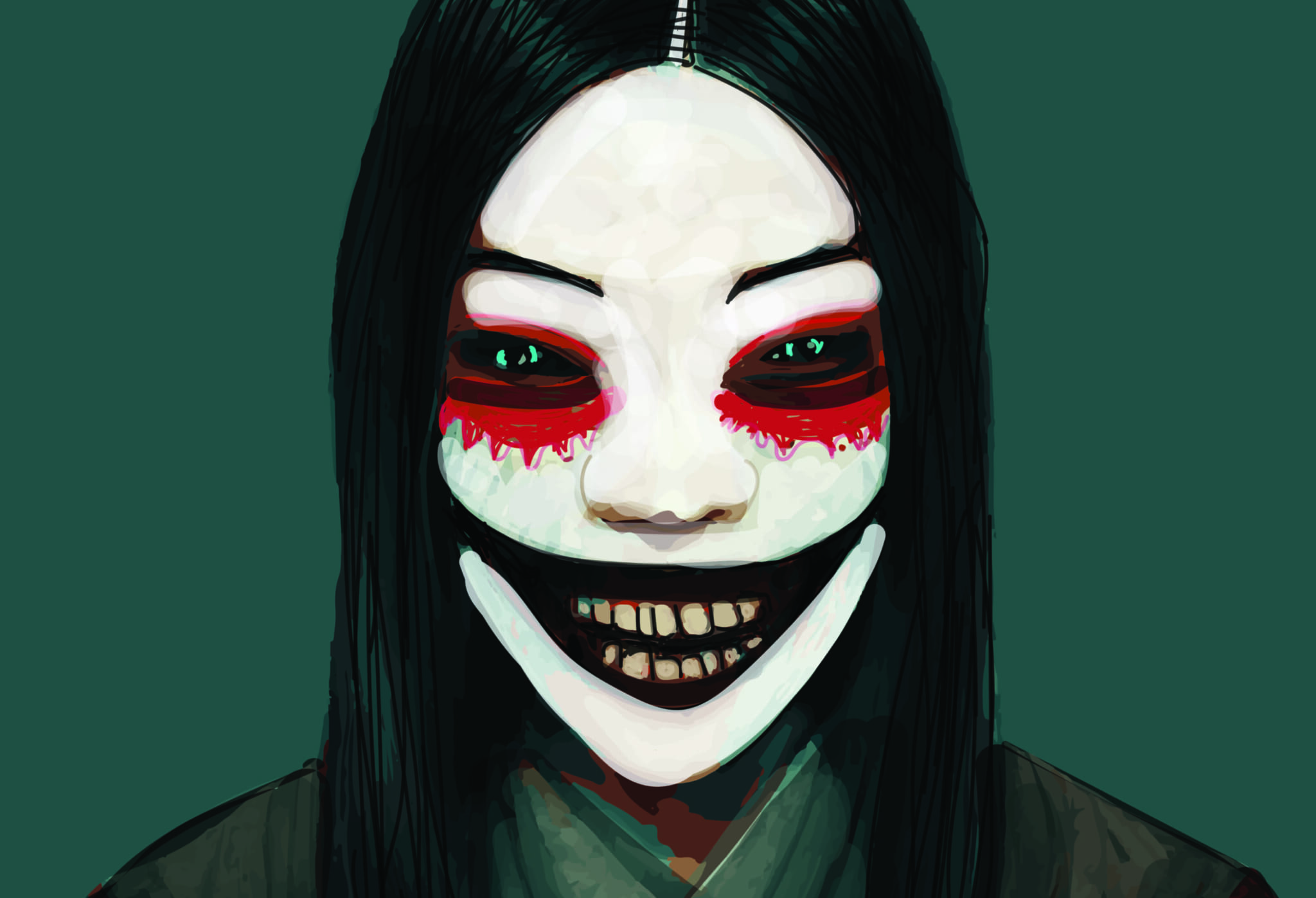
Kuchisake-Onna (The Slit-Mouthed Woman)
First up on our list of urban legends is “Kuchisake-onna,” or the slit-mouthed woman. Legend has it that there was a beautiful woman during the Heian period (794-1185) who was married to a successful samurai. Though stunning, the woman was vain and unfaithful and was eventually caught cheating. Enraged, her husband brutally killed her by slashing her mouth, asking, “who will think you’re pretty now?” Her vengeful soul still roams the living world.
Sightings of the Kuchisake-onna happen in dark, quiet alleyways. A woman in a long coat and a face mask suddenly appears in an otherwise empty alley. “Am I pretty?” she asks. If the victim answers yes, she will take off her face-covering to reveal her gruesome scar and ask the follow-up question, “even now?” If the victim answers no or tries to flee, she slashes them ear-to-ear. If they still answer yes, she follows the victim home only to brutally kill them there. Survivors of Kuchisake-onna live to tell the tale by giving ambiguous answers like “you’re alright,” which confuses the ghoul, giving the victim just enough time to escape.
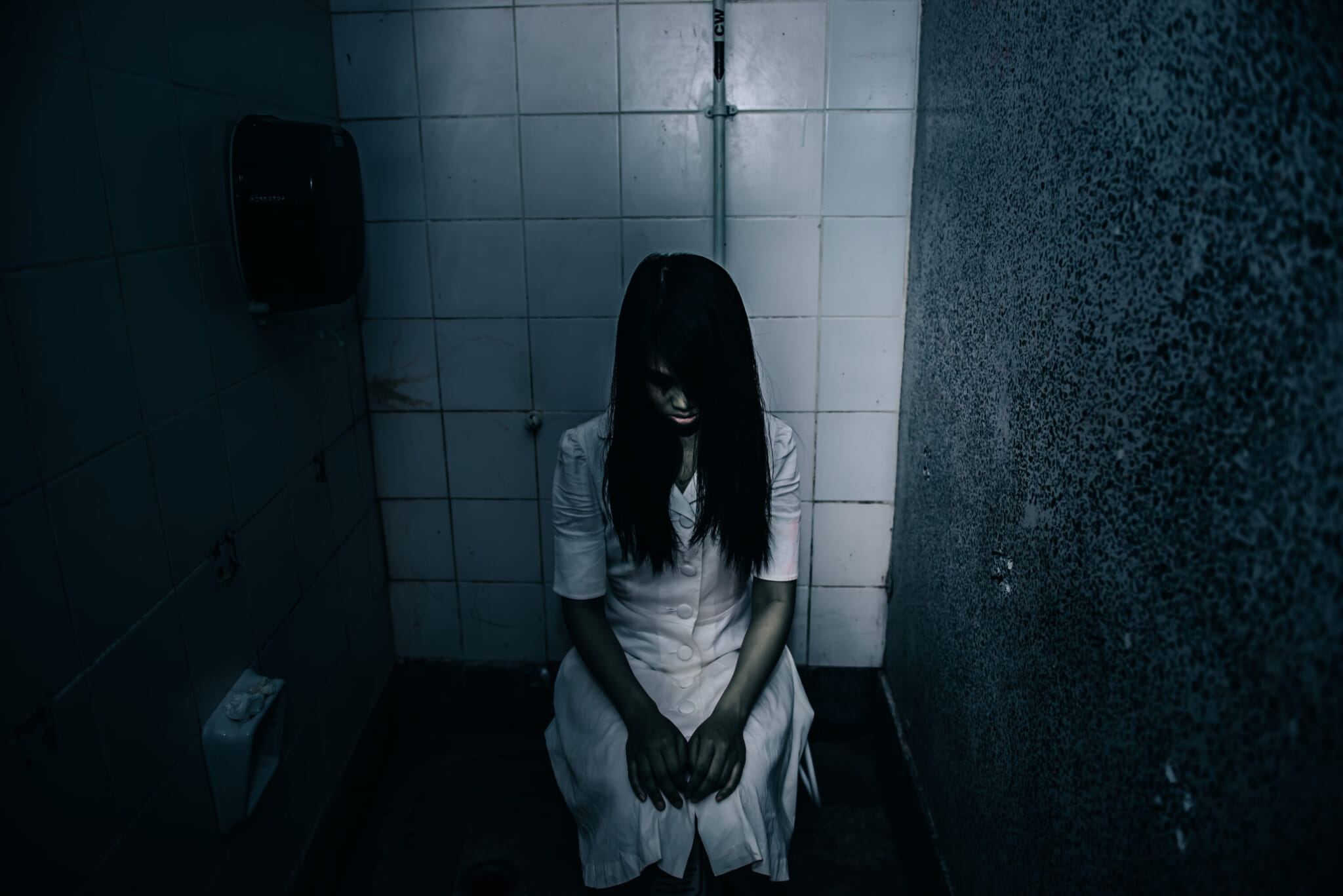
Toire no Hanako-San (Hanako of the Toilet)
Ghosts haunting school bathrooms is a common urban legend globally and “Toire no Hanako-san” is the Japanese equivalent of North America’s Bloody Mary haunt. In Japanese elementary schools, if you go to the third stall of the girl’s bathroom on the third floor, and knock three times, you’ll open the door to see a little girl with a bob haircut and a red skirt. It’s Hanako. She will drag you in with her bloody hand, asking you to “play” with her.
The origins of Hanako-san vary across the country. Some say she died during an air raid in World War II. Others claim she committed suicide. What we know is that if you’re not careful, you may come across her on your next trip to a school bathroom.
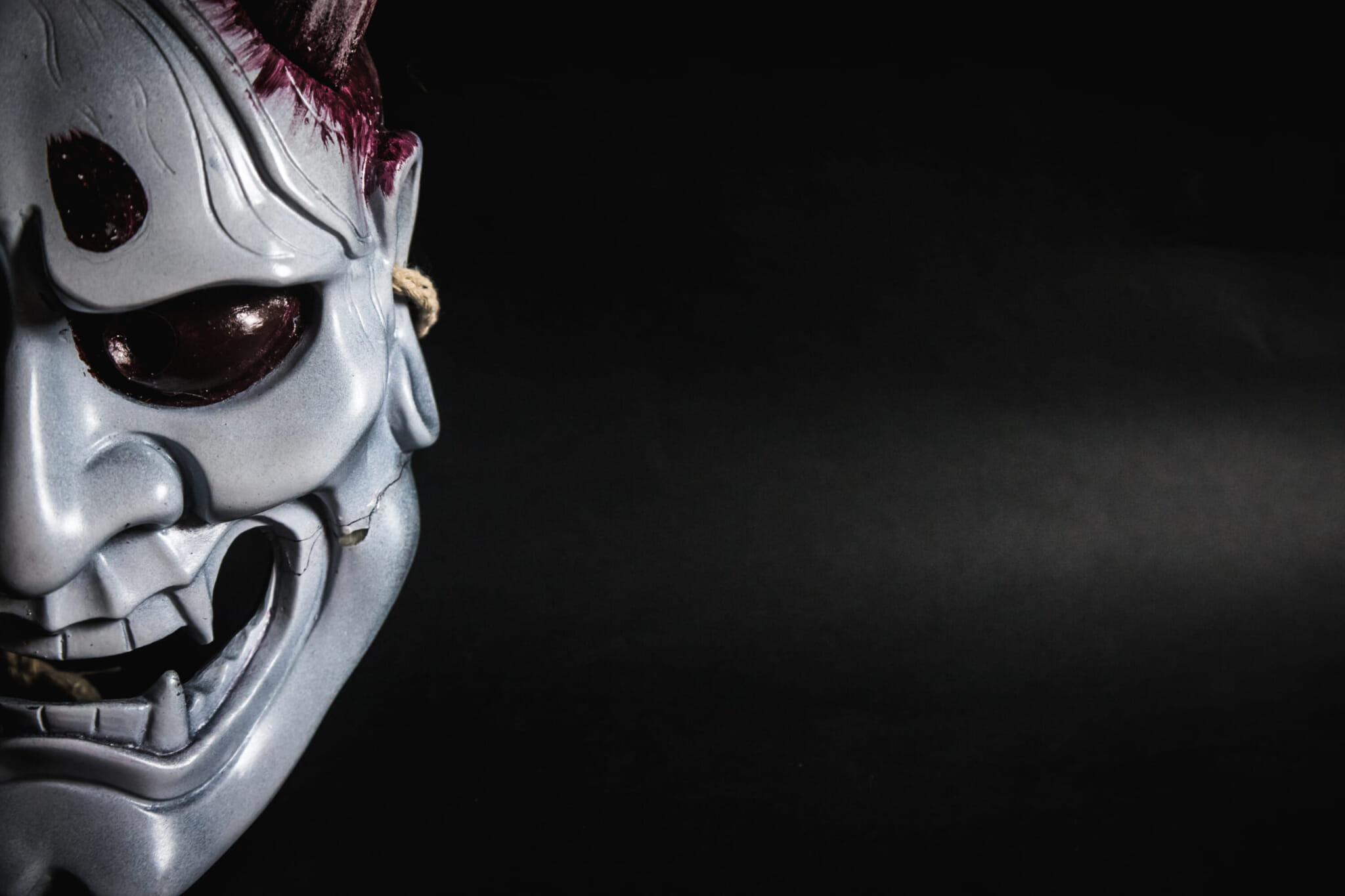
Miminashi Hoichi (Hoichi the Earless)
“Miminashi Hoichi” is less urban legend and more folklore, but certainly notable. Hoichi was a blind biwa hoshi, or lute priest, who was well-known for his incredible talent at playing the biwa. A very poor man, he was invited to live at the Amidaji Temple by a priest. One day, he was asked by a samurai to perform for a powerful daimyo. When Hoichi disappeared in the dead of night, the Amidaji priest grew suspicious. The priest eventually found him furiously playing his biwa in the middle of the cemetery. Hoichi had been bewitched, performing for the dead instead of a daimyo as he believed. He was now in grave danger. To protect him, the priest covered Hoichi in holy text. Unfortunately, he forgot his ears.
That night, when the spirits came to fetch Hoichi, he was nowhere to be found. All they found was a pair of floating ears. The spirits ripped off Hoichi’s ears, but not wanting to be discovered, he didn’t emit a single cry. At daybreak, the priest returned to the temple to discover Hoichi covered in blood and incredibly still. From then on, Hoichi grew famous and wealthy and would forever be known as Miminashi Hoichi.
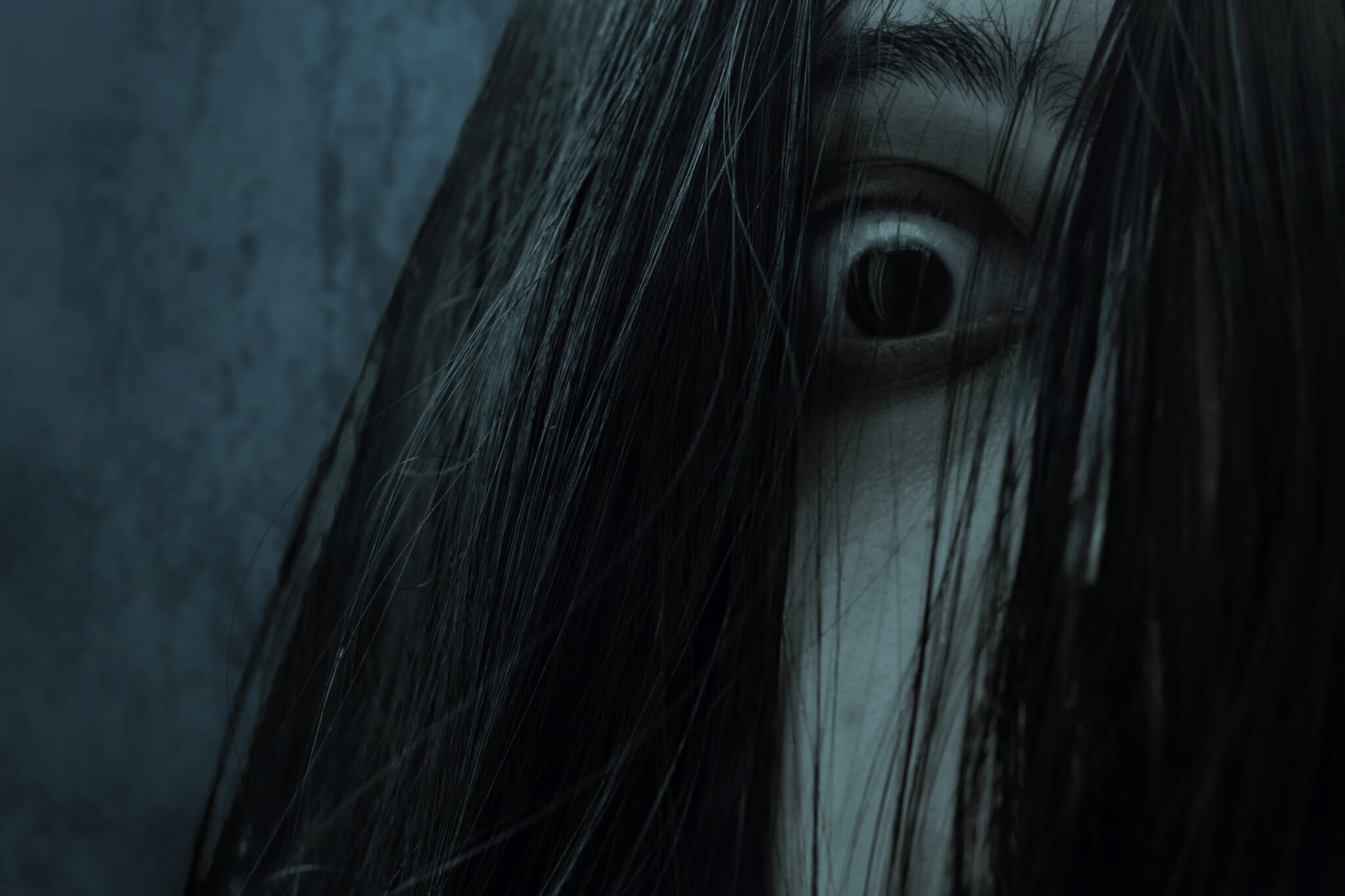
Oiwa-San
The story of “Oiwa-San” comes from Yotsuya Kaidan and is one of Japan’s “big three ghost stories.” The real Oiwa died in 1636. With shrines and temples dedicated to her spirit, she is possibly Japan’s most famous ghost. You can even visit her grave at Myokoji Temple in Nishisugamo.
Her tale begins with an unhappy marriage to a thieving samurai named Iemon. Her father tried to help her escape the marriage, but he was killed by Iemon, forcing Oiwa to stay with her husband. Eventually, Oiwa bears a son during financially difficult times and Iemon grows resentful of his wife. He then meets Oume, a granddaughter of a neighboring doctor, who instantly falls in love with him. To help Oume’s pursuit, the doctor prescribes Oiwa an ointment that horribly disfigures her face. Iemon, disgusted with Oiwa, agrees to marry the younger and prettier Oume.
Iemon then hires a man to rape Oiwa so he can divorce his wife on grounds of infidelity. However, when the man sees Oiwa’s face, he grows so frightened he tells her of Iemon’s plan and shows her a mirror. Seeing her ruined face, Oiwa lets out a strangled cry and punctures her own throat with a nearby sword. Her vengeful spirit works quickly, however, and on Iemon and Oume’s wedding night, the scheming samurai wakes up to see Oiwa’s gruesome face beside him. He unsheathes his sword and slashes his ex-wife’s head, only to discover he has just slain Oume. Despite attempting to flee the scene, the spirit of Oiwa chases him everywhere he goes. It eventually drives him insane.
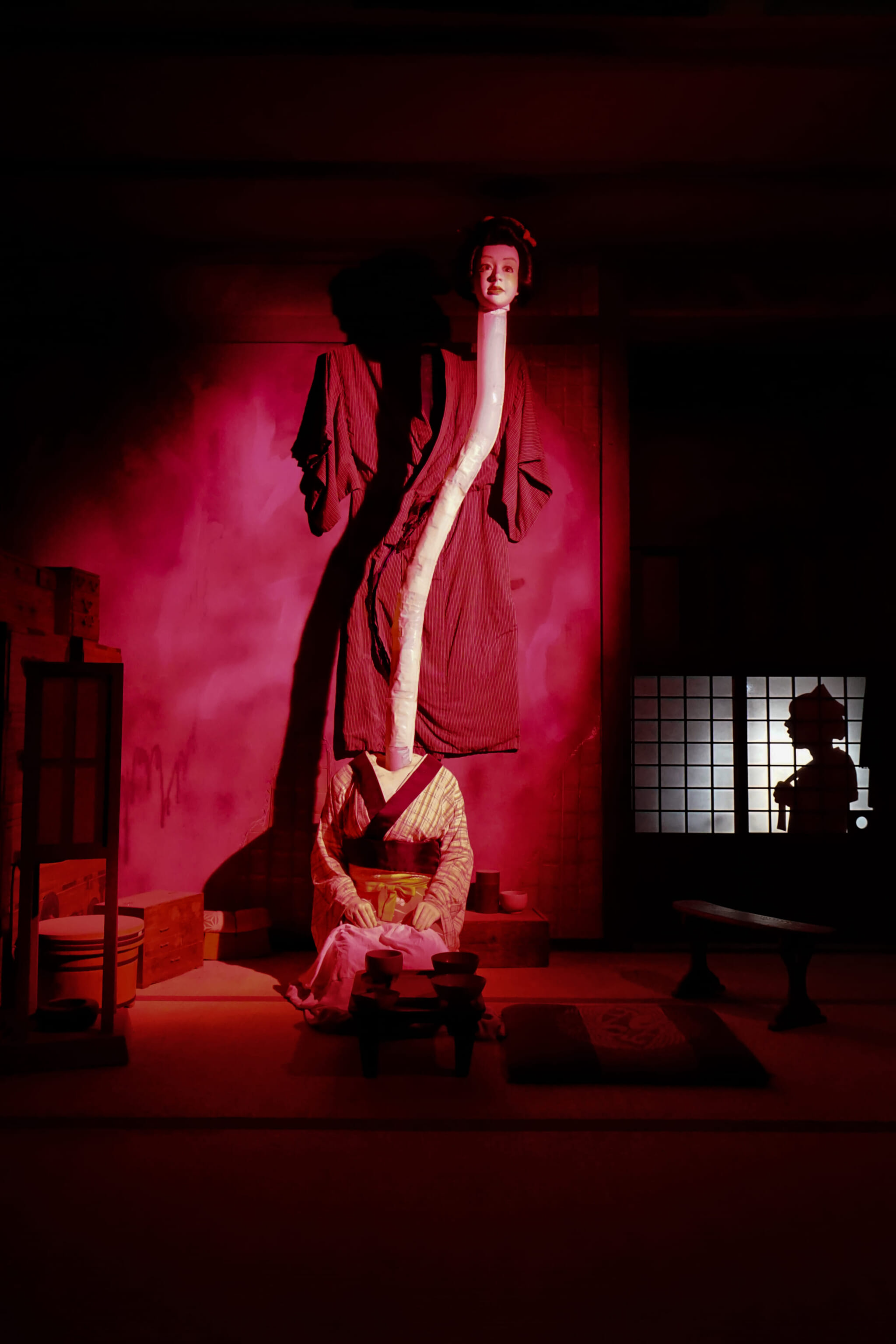
Rokurokubi
The rokurokubi is one of Japan’s most famous yokai (a supernatural entity), recognizable by its impossibly long neck. Unlike most yokai in Japanese folklore, who are born as monsters, the rokurokubi is born human. The rokurokubi is a curse that solely happens to women, because of some misdeed they or their fathers or husbands have done. A normal woman during the day, it becomes a vicious yokai at night. Many women never even realize they have become rokurokubi.
A famous story of the rokurokubi is of a monk named Enshu who runs away with a woman named Oyotsu. Shortly after eloping, Oyotsu falls ill, and to save the money he would have to spend on her medication, Enshu murders his wife. He then stays at an inn and shares a room with the innkeeper’s beautiful daughter. During the night, the daughter’s neck stretches and her face transforms into that of Oyotsu, condemning Enshu for murdering her. The next day, guilt-ridden, Enshu confesses his evil doings to the innkeeper, who similarly confesses to murdering his wife, only to have his daughter turn into a rokurokubi. The monk returns to his temple to pray for Oyotsu’s soul every day.
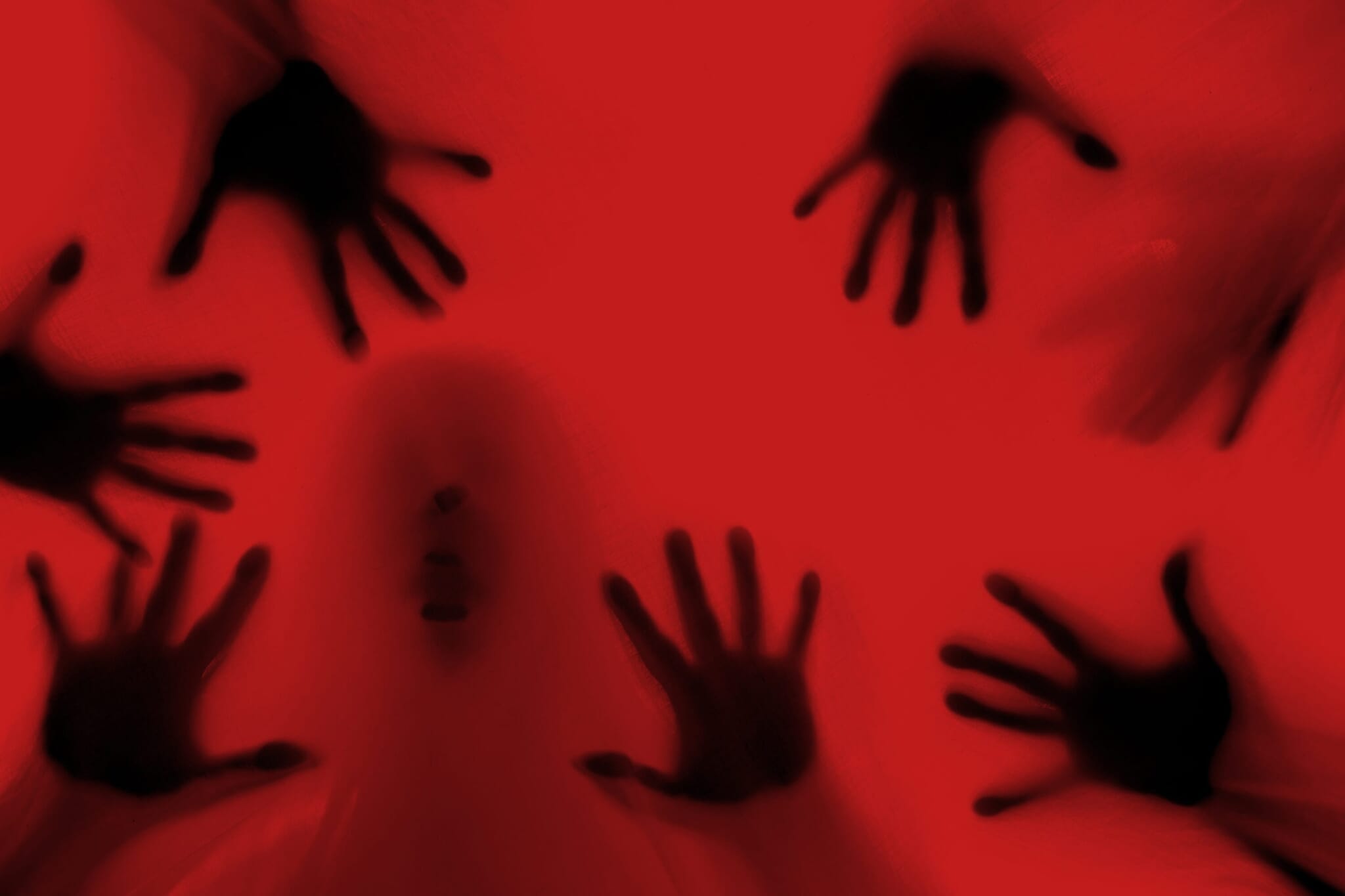
The Red Room
Popularized on internet forums, the “Red Room” legend is particularly scary for modern audiences. If you’re reading this on a computer screen, get ready to be spooked.
The origin of the Red Room curse is unknown, but users will randomly get a pop-up on their screen. The pop-up is red with black text that simply reads, “Do you like the Red Room?” No matter how many times you try to close the pop-up window, several more will appear. The sinister voice asking the same question doesn’t stop. No one knows exactly what happens to the users, except that their bodies are discovered mangled, and their walls covered in blood.
The Red Room curse can’t be escaped, but Asakusa has a Red Room-themed escape room for all the fun and not nearly as much of the scare.
Related Posts
- 8 Horrifying Japanese Horror Novels You Should This Halloween
- The Ghost Stories of Lafcadio Hearn
- 9 Japanese Ghost and Mystery Stories to Read This Summer
Updated On January 26, 2024

